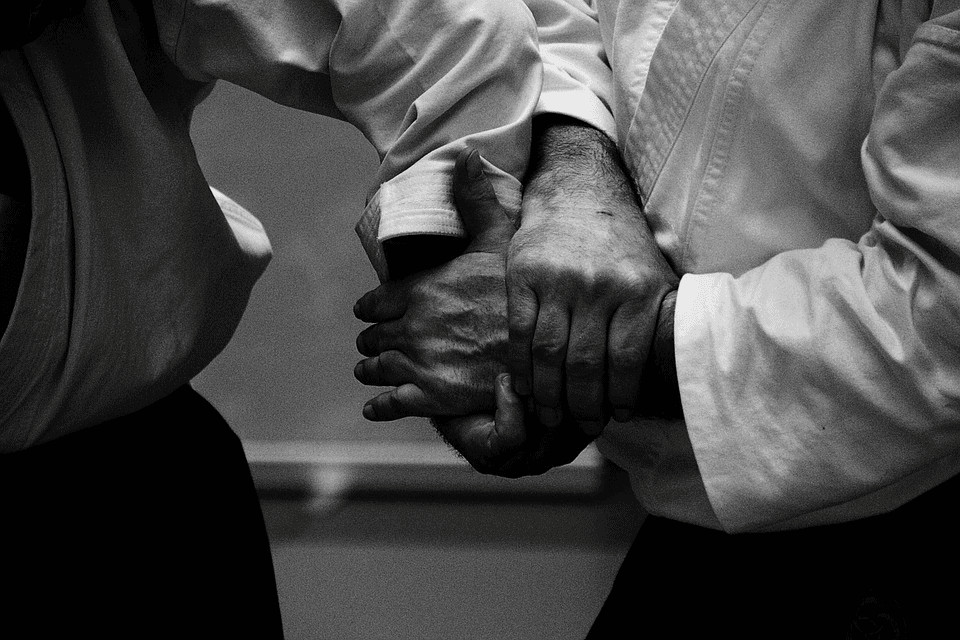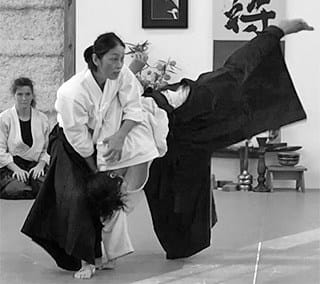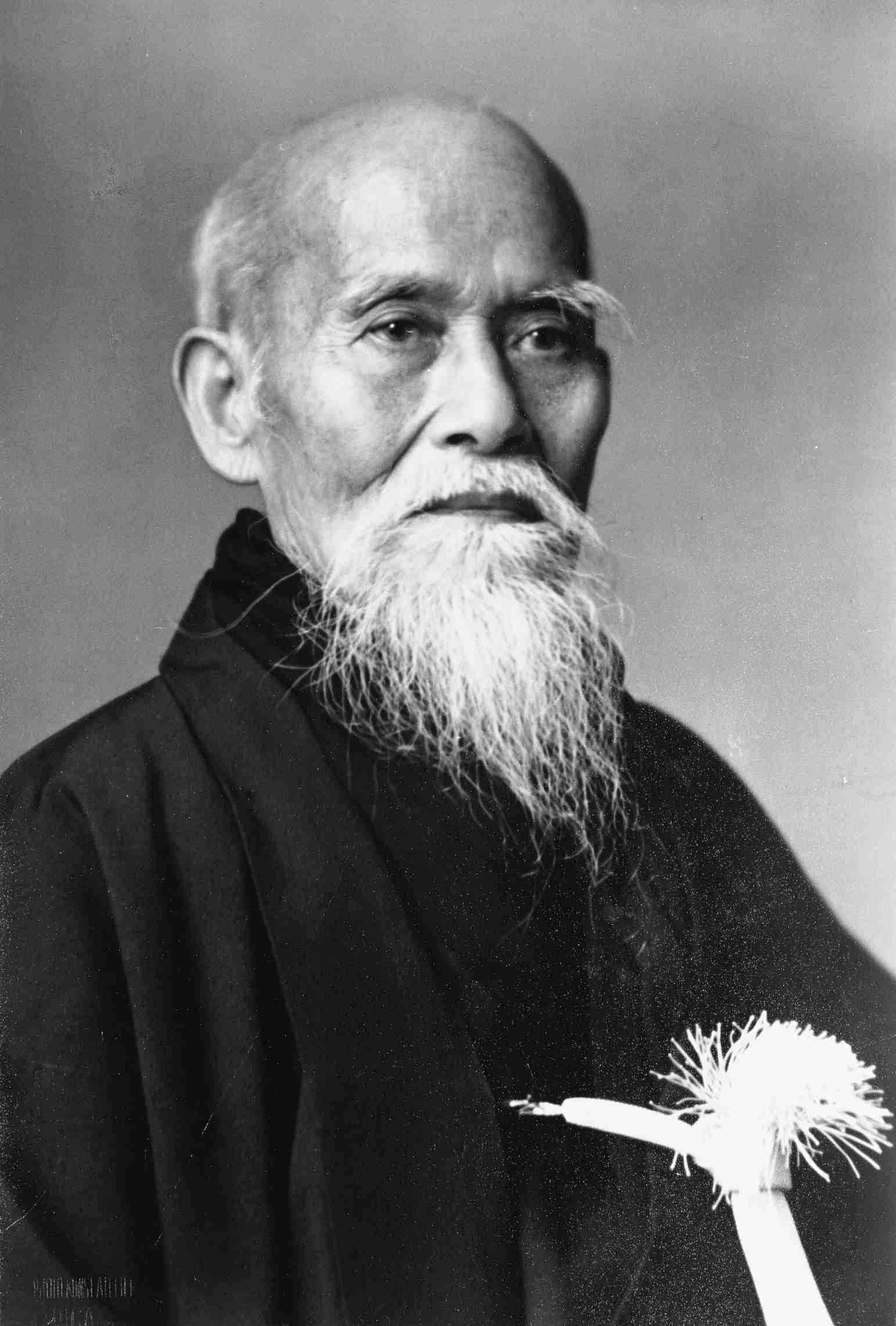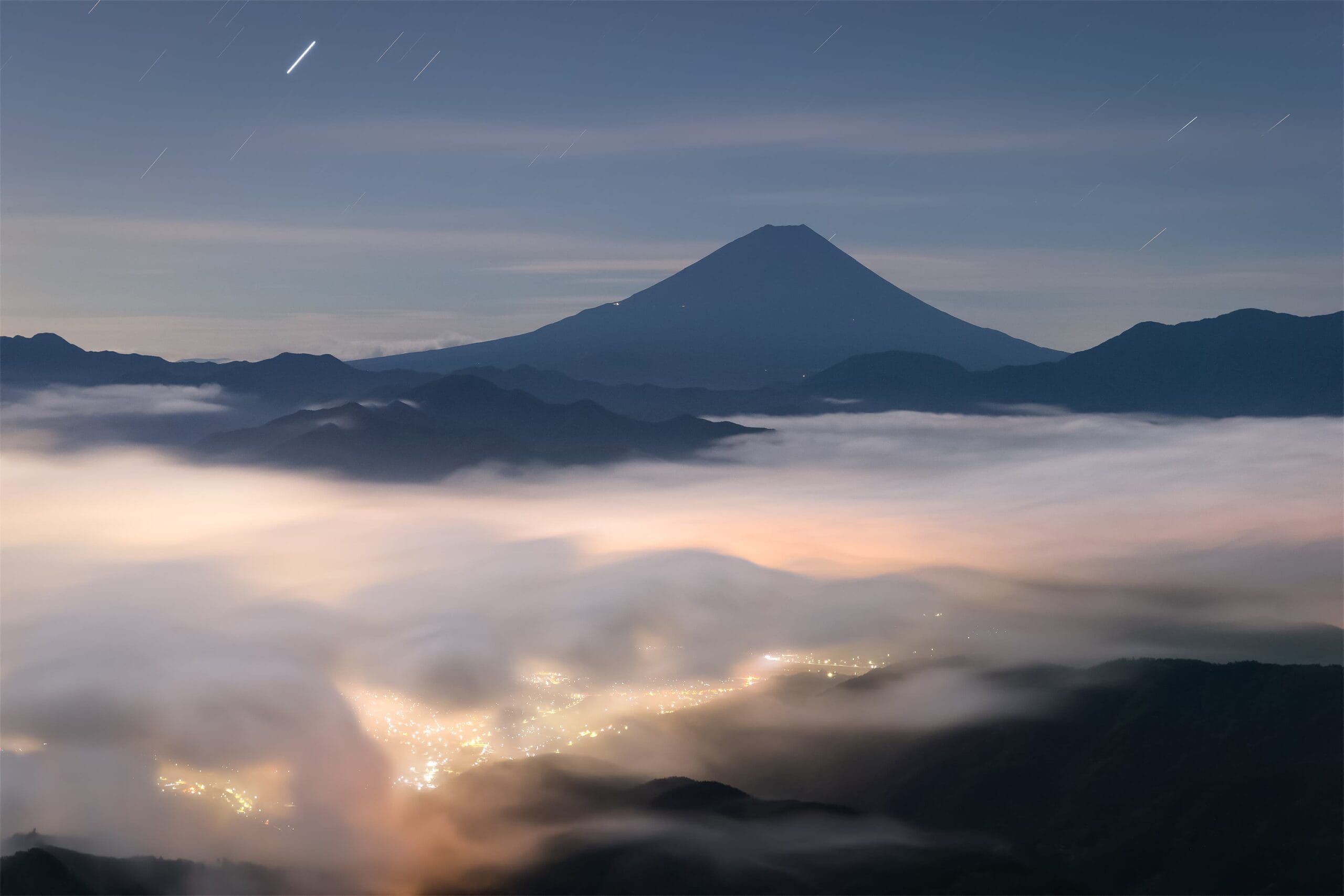Is dubbed as the cultural capital of Japan. In the face of rapid modernization in the country, Kyoto clings to its roots and traditions with Fushimi Inari and its 10,000 Torii gates at the heart of the city's serene gardens, customary tea houses, and traditional dojos.
Built by the Hata family in the 7th century, Fushimi Inari shrine is dedicated to Inari – the Shinto God of rice, associated with wealth and business prosperity. But, its significance to the ancient Japanese spirituality and Shinto martial arts runs deeper.
Spiritual Relation Of Aikido Philosophy to Fushimi Inari-Taisha
The relation of Aikido martial arts and Shinto temple Fushimi Inari runs old and deep; moral teachings and spiritualism forge their mystic connection. In essence, both aim for humans to reach a spiritual stage of highest equality with the spirits, the kami or Shinto gods.

Source: pixabay.com
Much like spiritualism, Aikido aims for the development and coordination of mind, body, and spirit. It is a non-competitive martial art for self-defense and self-discovery, developed by O Sensei Morihei Ueshiba. He is the founder of Aikido martial art and established Hombu Dojo in Tokyo in 1928, making it the oldest Aikikai training center in Japan.
But if you wish to enjoy the life-altering training experience at Fushimi Inari-Taisha under the shadows of Senbon Torii, you can get enrolled in the nearest Aikido Kyoto Dojo in Kyoto.
At this dojo, you can train under world-famous aikidokas and can experience the real depth of Aikido through daily training with experts and students in a culturally diverse and inclusive environment. Derived from the traditional Shinto martial arts, Aikido's principle is to "evade, redirect or neutralize an attack by using opponents' force against themselves."
This philosophy urges the aikidokas to apply Aiki techniques with compassion and thoughtfulness. As a result, "you will have countless eye-opening encounters, learn about your own self, and refine your ability to judge and make decisions," says Yoko Okamoto, the Dojo-Cho of Aikido Kyoto.
Training with Yoko Okamoto Sensei at Aikido Kyoto Dojos
Kyoto is home to master aikodokas including Japan's most respected female Shihan, Yoko Okamoto. She is the Dojo-Cho i.e., the chief instructor of Aikido Kyoto Dojos.

Source: Bucks County Aikido
Currently, she is 7th Dan and runs this training center with her husband, Chris Mulligan, 6th Dan. With Hombu Dojo as her alma mater, Yoko Okamoto trained under the legendary Kisshomaru Ueshiba, son of O Sensei. Her Aikido art form is mainly influenced by Seigo Yamaguchi sensei, Christian Tessier Sensei, and Ichiro Shibata sensei. Since Aikido is a non-competitive budo, the spirit of peace, harmony, and traditional values are reflected in the practice of Aikido
Aikido Kyoto is an accurate representation of this peaceful diversity and cultural assimilation visualized by O Sensei. With 20% of their enrollment from international students, Aikido Kyoto has students of all ages, countries, cultures, and ethnicities.
Yoko Shihan hopes to impart the essence of Aikido to her students. She inspires them to see beyond the form, clear their minds, and experience the beauty of the moment.

"The source of budo [the martial way] is God's love"… True Budo is to accept the spirit of the universe, keep the peace of the world, correctly produce, protect, and cultivate all beings in nature."
O Sensei - Morihei Ueshiba
She herself trained in Aikikai under different teachers in Japan, France, and the USA. She stresses on the flexibility of the form and encourages her students to internalize Aikido principles and enjoy the freedom it brings instead of trying to be like the teacher.
The campus life is colorful at Aikido Kyoto. Traditional tea ceremonies and Kabuki are arranged regularly to keep things interesting for the younger generation. Besides the fun of visiting beautiful places, training in Kyoto can be a life-altering experience if you wish to explore its spiritual route through numerous shrines, waterfalls, and altars around the Mount Inari.

Considered to be the holy body of the deity Inari, this mountain offers a spectacular chance to take in the breathtaking scenery and indulge in self-reflection through this Shinto martial art. Hiking to the top at dusk is the best way to avoid visitors and enjoy the solace of Aikido form and mystic experience.
